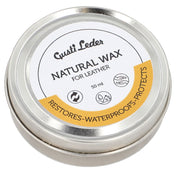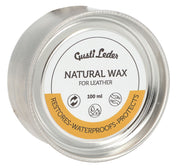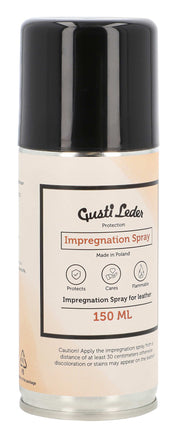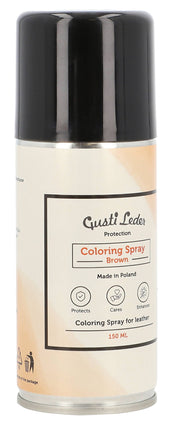Pit tanning general
Pit tanning is a process of vegetable tanning, or bark tanning, or vegetable tanning. Here, the tanning process is carried out using plant extracts from sources such as fruits, bark, and wood. This process is primarily used for heavy cattle hides, transforming them into strong, durable leather.

Pit tanning steps
Pit tanning is the oldest form of vegetable tanning, characterized by weak tanning solutions and a long tanning time. Pit tanning is a special form of vegetable tanning that takes place in three phases.
Color range
In the "coloring process," pits dug into the ground are filled with tanning liquors of varying strengths in a system of 6 to 18 pits. The last pit contains the freshest liquor, which produces the best color results. The worst color is obtained in the first pit, which contains the oldest and therefore most frequently used liquor. During this phase, the pelts advance from the first liquor to the last liquor at regular intervals over a period of several weeks.

sinking
The next phase is called "sinking," because this is where the hides to be tanned remain in the pits for several months. They lie flat in several layers on top of each other on a wooden slatted frame, each covered with a layer of vegetable tanning agent. This layer is called tanning. They are lowered with the slatted frame and then covered with a thick layer of tanning agent.

Offset
In the "batch" process, the pre-tanned hides are placed into the empty pits. Hides and loose tan are layered alternately, and only then is a tanning liquor slowly added. Here, too, a final layer of tan prevented air from entering. The leather is fully tanned when it has achieved an even tan.

In this video you will learn how natural tanning without chromium salts works:
Additional sources (accessed 22.11.2018):
- spektrum(punkt)de/lexikon/chemie/tannerei/3666
- manufactum(dot)de/tanning process-c199663/
- lederpedia(dot)de/lederherstellung/tanbung/pflanzeliche_tanbung_tanning_verfahren_und_durchführung





